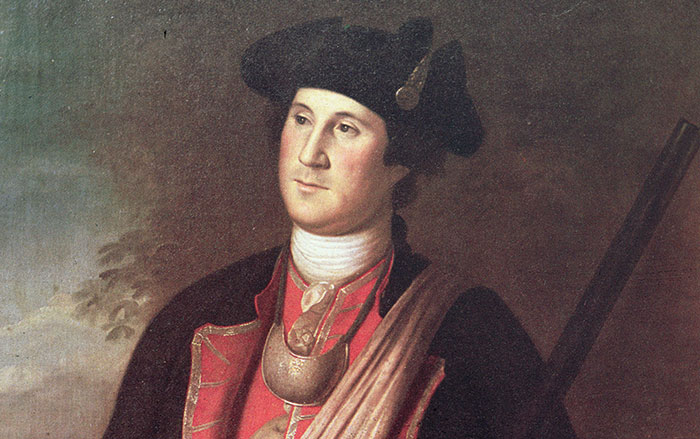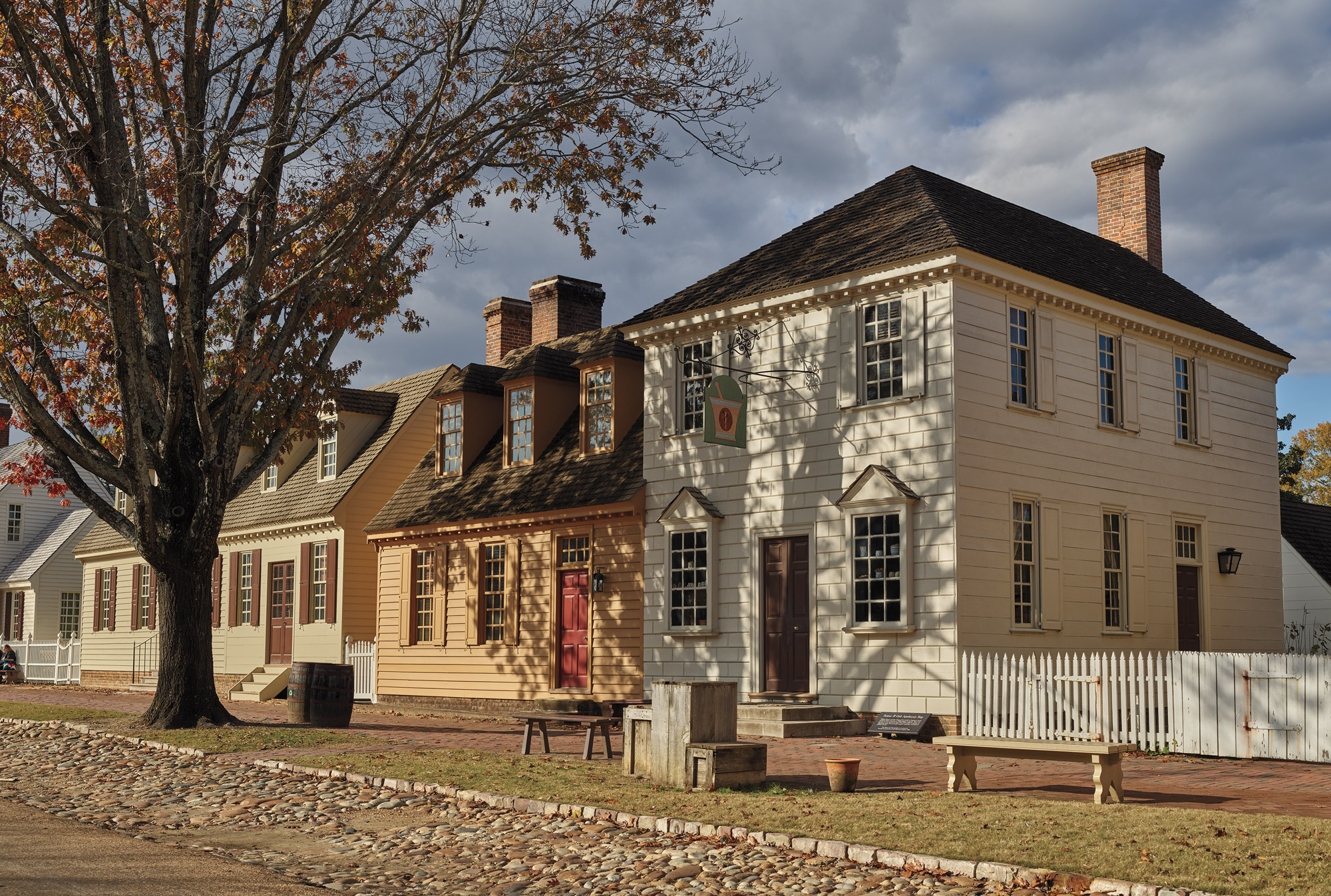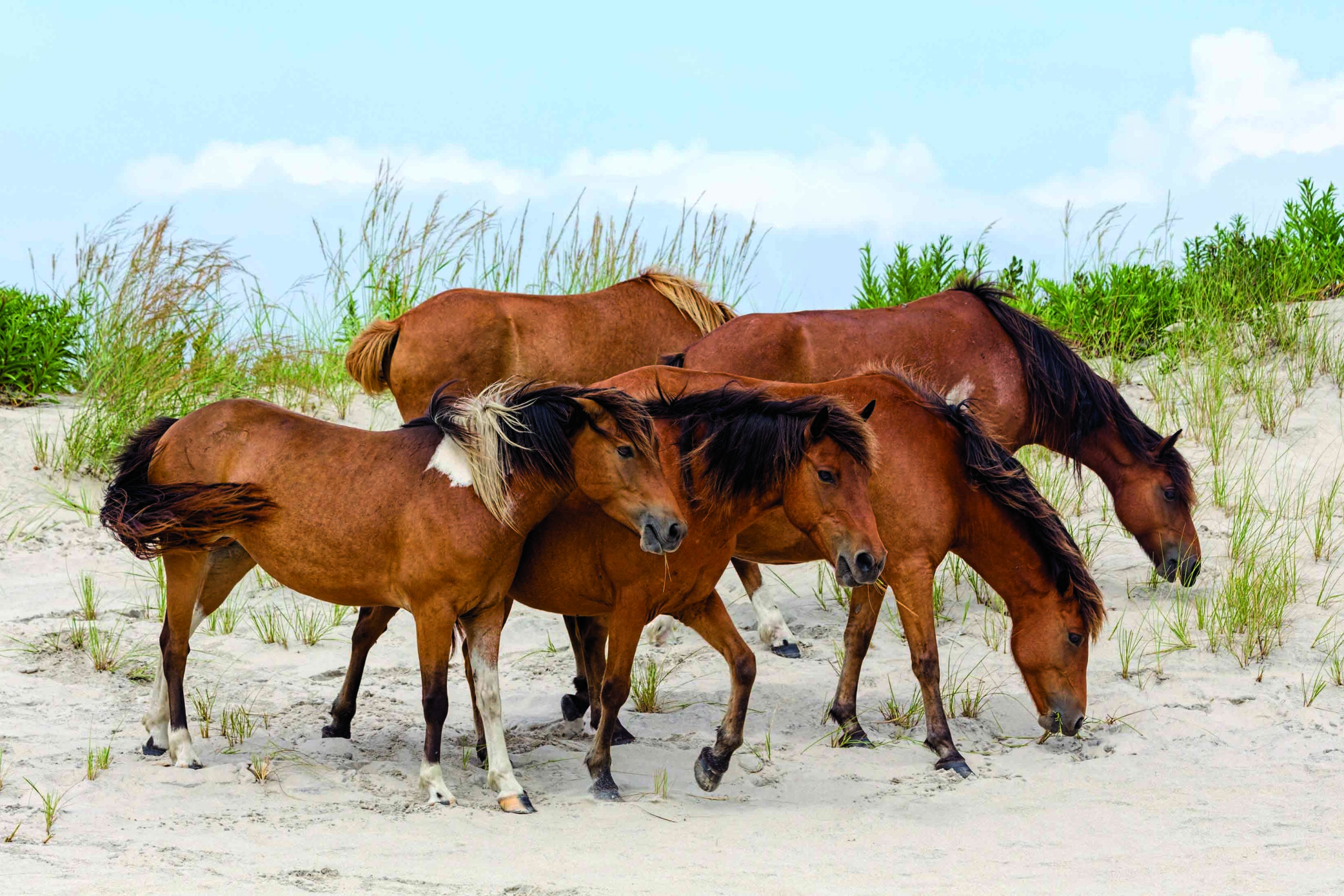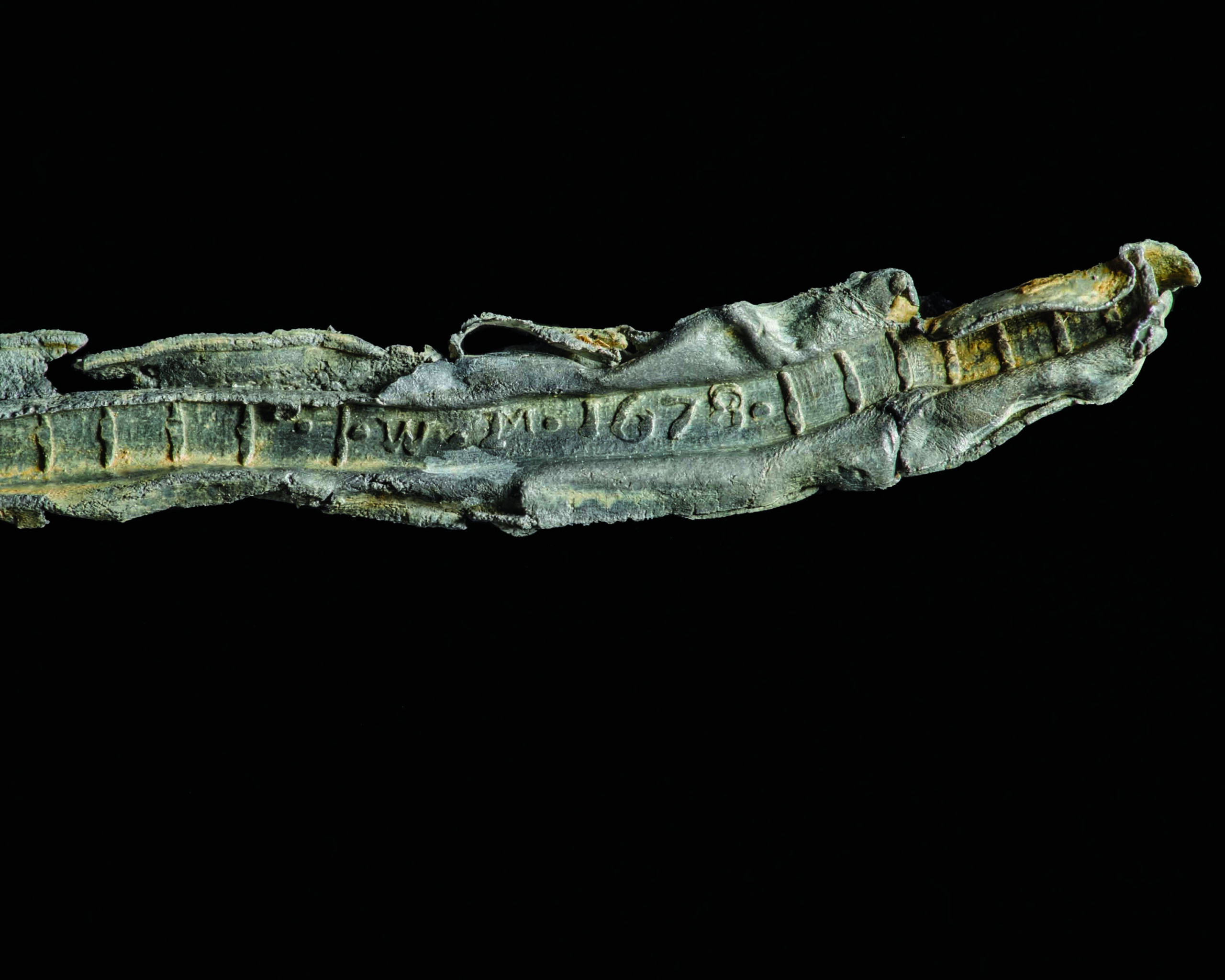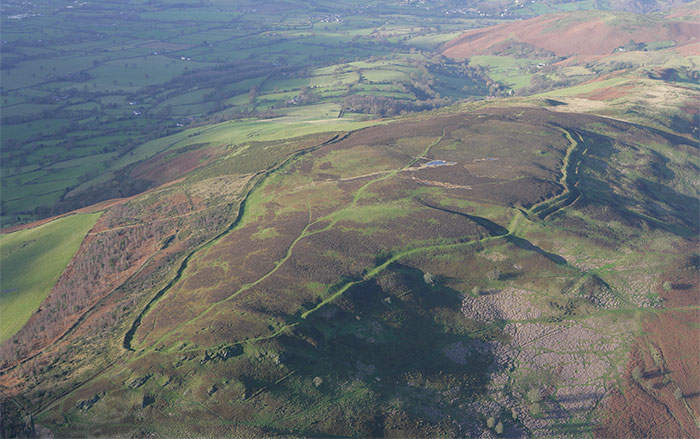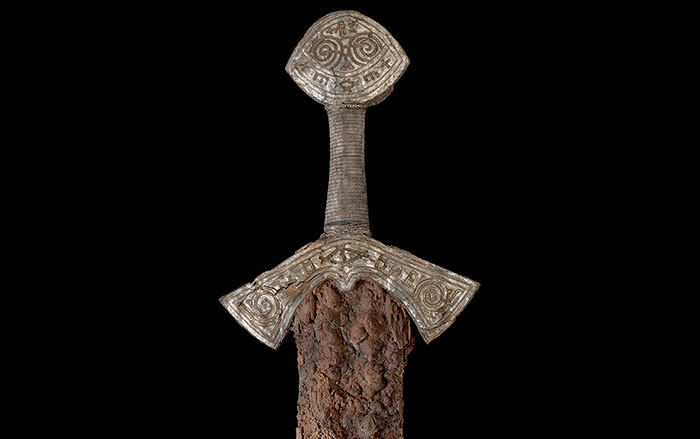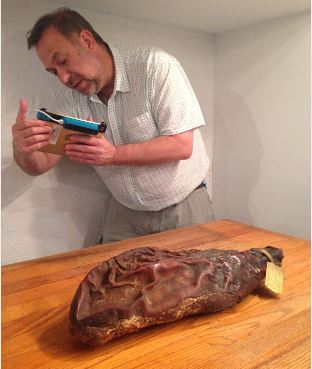
RICHMOND, VIRGINIA—Bernard Means of Virginia Commonwealth University’s School of World Studies specializes in making 3-D scans or archaeological artifacts. He visited the Isle of Wight County Museum in Smithfield, Virginia, home of the world’s oldest ham and the world’s oldest peanut. “The ham and the peanut are clearly important to the people of Isle of Wight County, and Virginia as well, and the lab is pleased to help them tell the story,” Means said in a press release. The ham, cured in 1902, was left hanging from a rafter in a packing house, and by 1924, it had become a tourist attraction. “It did have a powerful scent that I cannot describe,” commented Means. The peanut dates to 1890, and was also used to advertise Smithfield food products. The museum staff plans to use the scans as teaching tools. “Not only will we have more documentation on the ham and peanut, but if those items change over time (by nature), we’ll know,” explained Jennifer England, director of the museum. To read more about archaeological scanning, go to "Lasers in the Jungle."


